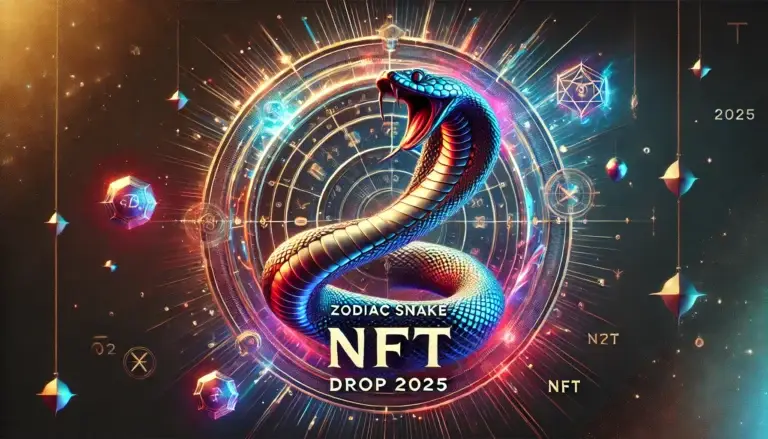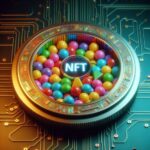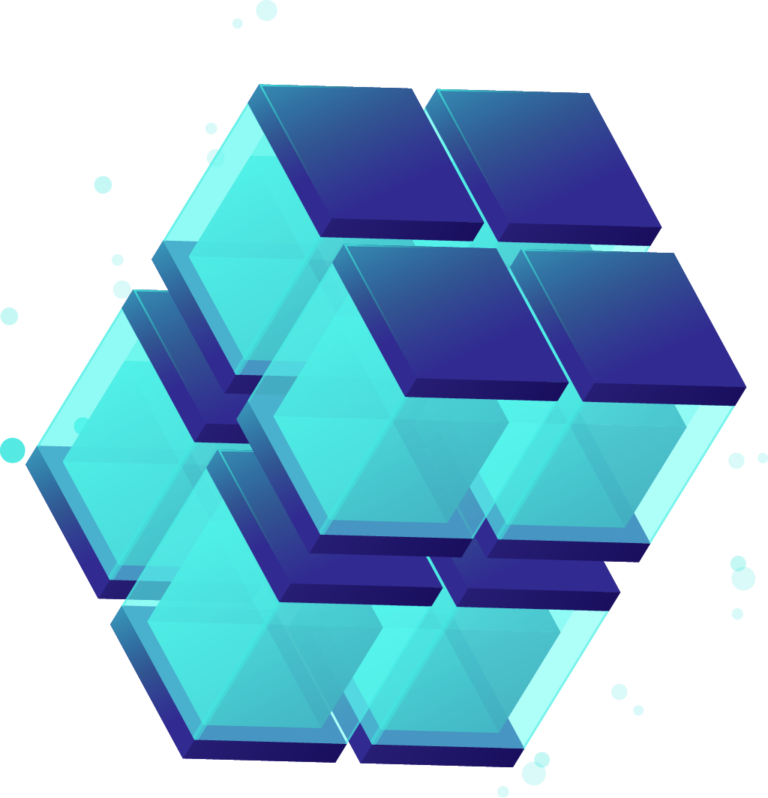
The nostalgic idea of trading candy bars for goods harks back to a simpler time when treats were a kind of currency among kids and even communities. Candy bars weren’t just snacks—they were tokens of value, exchanged in a network of trust and playful negotiations.
Reviving this idea in modern contexts—like modern digital marketplaces and NFT-based collectibles bring a whimsical yet functional twist to the concept of value exchange.
How it Works
Solana SPL (Solana Program Library) fungible tokens are tokens built on the Solana blockchain that adhere to the SPL Token standard. They are similar to ERC-20 tokens on Ethereum and are widely used for creating and managing fungible assets like cryptocurrencies, stablecoins, and other digital tokens within the Solana ecosystem.
Trading SPL fungible tokens on the Solana blockchain is straightforward and efficient. Start by setting up a Solana-compatible wallet, such as Phantom or Solflare, and ensure you have enough SOL to cover transaction fees. Use a decentralized exchange (DEX) like Raydium, Orca, or Jupiter to trade your SPL token by connecting your wallet, selecting a trading pair (e.g., CandiBar/SOL), and executing the trade. Alternatively, you can engage in peer-to-peer (P2P) trading by transferring tokens directly to another wallet after agreeing on terms. Always verify token details and monitor transactions using tools like Solscan for transparency and accuracy.
CandiBar Tokenomics
10 Billion community driven tokens for the success of the CandiBar ecosystem




5 Billion CandiBar tokens are to be release into the project ecosystem and circulating supply. Many will result in tokens burned after redemption of NFTs.

3 Billion CandiBar to distribute to multiple exchanges to trade on exchange platforms.

2 Billion CandiBar are held in swapping NFT to program integrations.
FAQ
The nostalgic idea of trading candy bars for goods harks back to a simpler time when treats were a kind of currency among kids and even communities. Imagine the schoolyard economy, where a shiny chocolate bar could be bartered for a favorite toy, a coveted trading card, or even a spot on the swings. Candy bars weren’t just snacks—they were tokens of value, exchanged in a network of trust and playful negotiation.
In a broader sense, this concept reflects a timeless human instinct: finding creative ways to trade what we have for what we desire, without the need for formal money. It evokes memories of Halloween hauls carefully sorted and swapped, or summer camp trade-offs where a rare candy might score you a soda or extra dessert at dinner.
Reviving this idea in modern contexts—like digital marketplaces, NFT-based collectibles, or even creative neighborhood barter systems—could bring a whimsical yet functional twist to the concept of value exchange. It’s a sweet reminder of the joy of trading, where value lies in shared experiences and simple pleasures.
An SPL Token is a fungible or non-fungible token created and managed on the Solana blockchain using the Solana Program Library (SPL) standard. SPL Tokens are similar to ERC-20 tokens on Ethereum but are optimized for Solana’s high-speed, low-cost blockchain.
SPL tokens are a cornerstone of the Solana blockchain, enabling innovative use cases across finance, gaming, and beyond.
An NFT (Non-Fungible Token) is a unique digital asset stored on a blockchain that represents ownership of a specific item or piece of content. Unlike cryptocurrencies such as Bitcoin or Ethereum, which are fungible (interchangeable and identical), NFTs are non-fungible, meaning each one is unique and cannot be replaced with another.
NFTs are revolutionizing how we perceive ownership and trade in the digital age, creating new opportunities across art, gaming, and beyond.
Investing in NFTs is more than just financial speculation—it’s an opportunity to own pieces of digital history, engage with innovative communities, and participate in a rapidly evolving space. Conduct thorough research, diversify your investments, and focus on projects that align with your values and interests.
How to Create a Cryptocurrency Wallet for Solana
Creating a Solana-compatible wallet is straightforward. You can use a variety of wallets like Phantom, Solflare, or Sollet to store and manage SOL and Solana Program Library (SPL) tokens. Here’s a step-by-step guide:
- Choose a Wallet
Some popular Solana wallets are:
- Phantom: A user-friendly browser extension wallet.
- Solflare: Available as a browser extension, mobile app, or web wallet.
- Sollet: A browser-based wallet, ideal for developers and advanced users.
- Download or Access the Wallet
For Browser Extension Wallets:
- Go to the official website of the wallet (e.g., Phantom Wallet or Solflare Wallet).
- Download the browser extension for Chrome, Firefox, or your preferred browser.
- Install the extension and pin it for easy access.
For Mobile Wallets:
- Visit the Google Play Store or Apple App Store.
- Search for the wallet app (e.g., Solflare, Phantom).
- Download and install the app on your device.
For Web Wallets:
- Visit the wallet’s official website (e.g., Sollet).
- Access the web interface directly.
- Set Up the Wallet
- Create a New Wallet:
- Click “Create New Wallet” or a similar option.
- The wallet will generate a recovery phrase (12-24 words).
- Save Your Recovery Phrase:
- Write down the recovery phrase on paper and store it in a safe place.
- Do not share it with anyone or store it digitally to avoid hacking risks.
- Your recovery phrase is the only way to recover your wallet if you lose access.
- Set a Password (if applicable):
- Some wallets let you set a password for added security when accessing the wallet.
- Fund Your Wallet
- Copy Your Wallet Address:
- Find your Solana wallet address, usually displayed on the dashboard. It’s a string of letters and numbers.
- Send SOL to Your Wallet:
- Purchase SOL on an exchange like Binance, Coinbase, or Kraken.
- Withdraw SOL to your wallet by entering your wallet address.
- Use Your Wallet
- Store Tokens:
- Your wallet can hold SOL and any SPL tokens.
- Send/Receive Tokens:
- Use the Send option to transfer tokens by entering the recipient’s wallet address.
- Use the Receive option to generate a QR code or share your wallet address.
- Connect to dApps:
- Use your wallet to interact with Solana-based decentralized applications (dApps), such as NFT marketplaces, DeFi platforms, and games.
- Secure Your Wallet
- Backup Recovery Phrase:
- Always keep a secure copy of your recovery phrase.
- Enable Two-Factor Authentication (2FA) (if supported):
- Add an extra layer of security for accessing your wallet.
- Use Hardware Wallets for Large Holdings:
- For better security, pair your wallet with a hardware wallet like Ledger Nano X.
Conclusion
Creating a Solana wallet is simple and provides access to the vibrant Solana ecosystem, including NFTs, DeFi, and staking. Start by choosing a reliable wallet, securing your recovery phrase, and funding it with SOL.
A cryptocurrency wallet is a digital tool that allows you to store, send, and receive cryptocurrencies. It doesn’t store the actual cryptocurrency but rather the cryptographic keys that provide access to your funds on the blockchain.
Cryptocurrency wallets are essential for interacting with the blockchain and managing digital assets. Whether you’re trading, investing, or using crypto for payments, choosing the right wallet and securing your private key is critical.
Cryptocurrency is a form of digital or virtual currency that uses cryptography for security, operates on decentralized networks powered by blockchain technology, and enables peer-to-peer transactions without the need for intermediaries like banks or governments.
Cryptocurrency represents a significant shift in how we think about money and financial systems, offering innovative opportunities for global commerce, investment, and technology.












